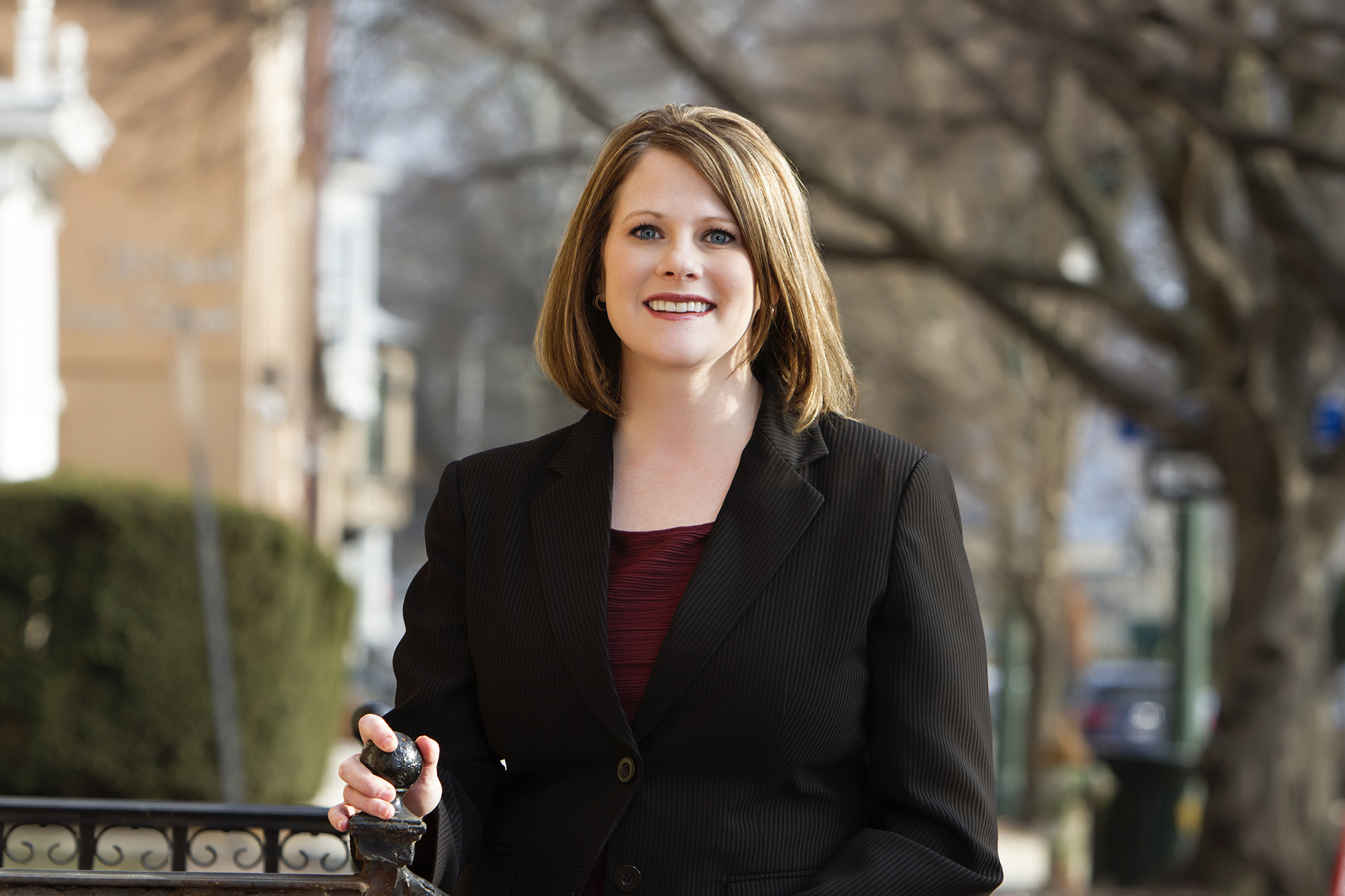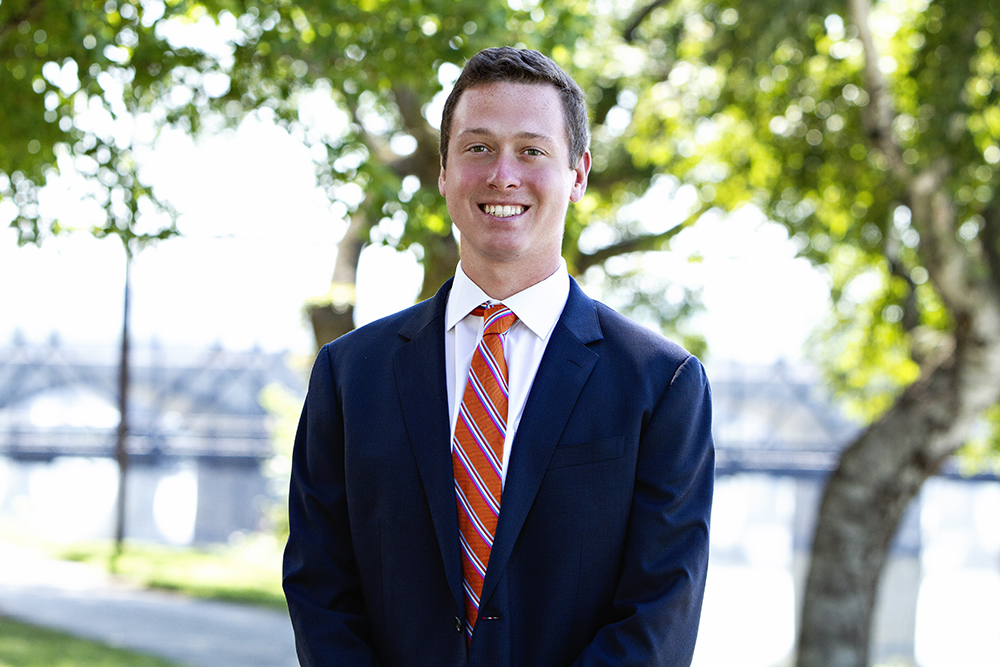SBA Issues Paycheck Protection Program Guidance for Individuals with Self-Employment Income
April 21, 2020
Publications
by Timothy Finnerty, Nicole Stezar Kaylor, David Noll and Benjamin Ward
On April 16, 2020, the US Small Business Administration (the “SBA”) announced that the $349 billion allocated to the Paycheck Protection Program (the “PPP”) for COVID-19 crisis loans to certain self-employed individuals and small-businesses was fully committed and that the SBA would no longer accept new PPP loan applications. Although troubling for businesses still in the process of seeking a loan, relief through the PPP may not be over permanently. Last week, Treasury Secretary Steven Mnuchin formally requested Congress infuse an additional $250 billion into the PPP and in speaking again on the PPP on Sunday, April 19th, stated that a $310 billion supplemental aid bill currently being negotiated would provide further funding for the program. While uncertainty remains regarding any specifics of Congress refunding the PPP, those who wish to obtain a loan should remain informed as the SBA continues to offer additional guidance on borrower eligibility. Just two days prior to the SBA announcement that funds for the PPP had run out, the SBA issued an Interim Final Rule (the “Rule”) clarifying eligibility and other requirements for individuals with self-employment income.
Self-Employed Individuals
Specifically, the Rule states that individuals with self-employment income who file a Form 1040, Schedule C are eligible for a PPP loan if they: (i) were in operation on February 15, 2020; (ii) are an individual with self-employment income (i.e. an independent contractor or a sole proprietor); (iii) have a principal place of residence in the US; and (iv) have filed, or will file, a Form 1040, Schedule C for 2019. The SBA will issue additional guidance for individuals with self-employment income who: (i) were not in operation in 2019 but were in operation on February 15, 2020; and (ii) will file a Form 1040, Schedule C for 2020. The Rule, which can be found here, also sets forth details as to calculating the maximum loan amount a self-employed individual may take. Regardless of whether a self-employed individual has filed their 2019 tax return, a self-employed individual must provide a 2019 Form 1040, Schedule C and a 2019 IRS Form 1099-MISC in order to substantiate the loan amount and to establish that the individual is self-employed. A self-employed individual must also provide a 2020 invoice, bank statement or book of record to evidence that the individual was in business on February 15, 2020.
Further, the Rule provides that a PPP loan to a self-employed individual is forgivable to the extent the proceeds of the loan are used for: (i) payroll costs including salary, wages and tips (up to $100,000 annualized per employee, if any), and other covered benefits; (ii) owner compensation replacement (limited to eight weeks’ worth based on a proportionate eight-week period of 2019 Net Profit up to $100,000 prorated); (iii) payments of interest on mortgage obligations on real or personal property incurred before February 15, 2020, to the extent they are deductible on Form 1040, Schedule C; (iv) rent payments on lease agreements in force before February 15, 2020, to the extent they are deductible on Form 1040 Schedule C; and (v) utility payments under service agreements dated before February 15, 2020 to the extent they are deductible on Form 1040, Schedule C. The limitation on loan forgiveness for proceeds used to pay owner compensation to a proportionate eight-week share of 2019 net profit is intended to eliminate potential windfalls due to the fact that self-employed individuals do not have as many overhead expenses that qualify for forgiveness under the PPP.
Finally, the Rule sets forth a limitation that 75% of the amount submitted for forgiveness must be attributable to “payroll costs.” The rationale for this limitation, as well as the definition of “payroll costs” can be found in the First Interim Rule that the SBA set forth here. Although further guidance may be issued on this point, it is currently not clear whether owner compensation replacement is calculated as part of payroll costs for purposes of loan forgiveness and proceeds usage.
Partnerships
Lastly, the Rule clarifies that partners in a partnership (or members of LLC’s which are taxed as partnerships) may not submit a separate PPP loan application as a self-employed individual. When partnerships apply for a loan, such self-employment income of partners should be reported as a payroll cost (up to the $100,000 annualized limitation).
As additional guidance and information regarding the PPP, including potential announcements for refunding of the program, continues to unfold during this unprecedented time, the McNees Corporate & Tax Group is here to assist you with any questions you or your business may have.
© 2020 McNees Wallace & Nurick LLC
McNees Corporate & Tax Client Update is presented with the understanding that the publisher does not render specific legal, accounting or other professional service to the reader. Due to the rapidly changing nature of the law, information contained in this publication may become outdated. Anyone using this material must always research original sources of authority and update this information to ensure accuracy and applicability to specific legal matters. In no event will the authors, the reviewers or the publisher be liable for any damage, whether direct, indirect or consequential, claimed to result from the use of this material.




